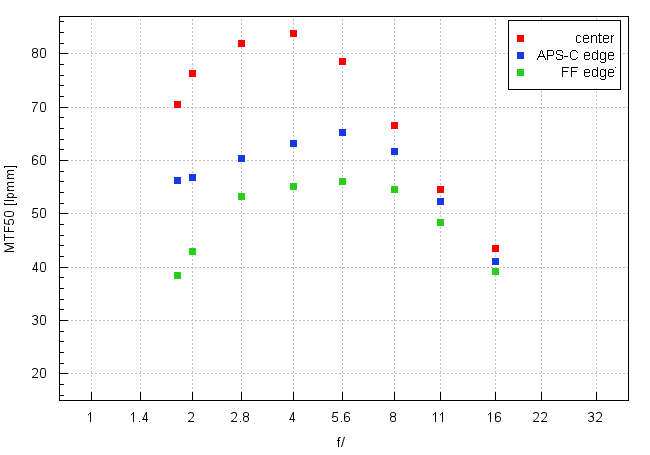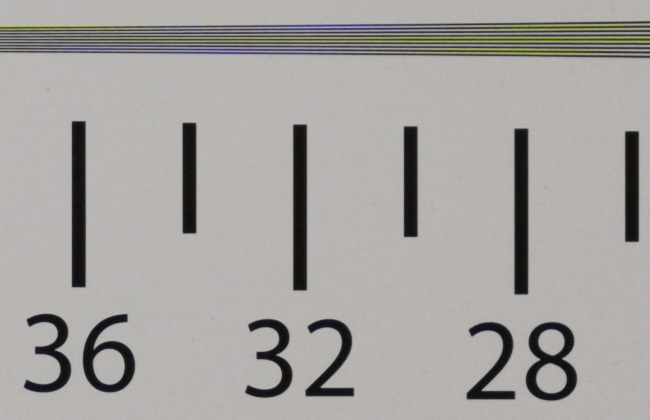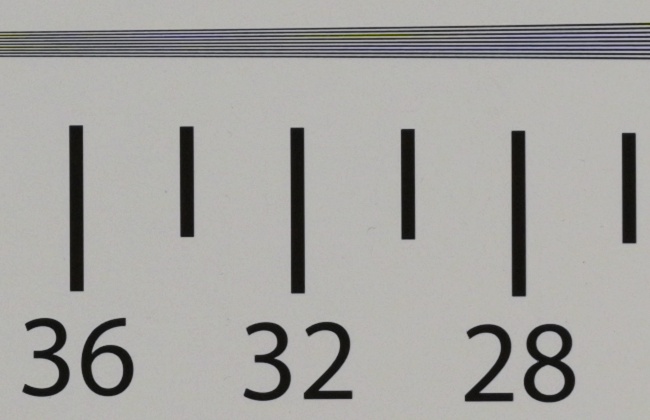Nikon Nikkor Z 50 mm f/1.8 S
4. Image resolution
Let's see how the Nikkor Z 50 mm f/1.8 S compares – its results in the frame centre and on the edge of the APS-C/DX sensor and on the edge of full frame presents a graph below.

Please Support UsIf you enjoy our reviews and articles, and you want us to continue our work please, support our website by donating through PayPal. The funds are going to be used for paying our editorial team, renting servers, and equipping our testing studio; only that way we will be able to continue providing you interesting content for free. |
- - - - - - - - - - - - - - - - - - - - - - - - - - - - - - - - - - - - - - - - - - - - - - - -
The results of the tested Nikkor in the frame centre are simply sensational. Already at the maximum relative aperture the lens gets to a very high level of over 70 lpmm and the highest value, amounting to 83.7 ±0.9 lpmm, we recorded by f/4.0. It's clear that abandoning the old double Gauss construction was a good idea as it resulted in a decidedly better performance.
In similar terms you can describe the performance on the edge of the smaller APS-C/DX sensor. Fully useful images you see even by f/1.8 and f/2.0 and on stopping down the lens reaches relatively high values, around 65 lpmm. It's worth reminding here that the Nikkor AF 50 mm f/1.8D and the Nikkor AF-S 50 mm f/1.8G had to be stopped down to about f/2.8 in order to produce acceptable images in that part of detector. If you wanted to compare the Nikkor Z 1.8/50 to a newer construction designed for mirrorless cameras you might mention the Sony Carl Zeiss Sonnar T* FE 55 mm f/1.8 ZA – a lens which, even if it is placed at the same price point as the Nikkor, optically remains visibly weaker.
First reservations concerning resolution might appear while analyzing the performance on the edge of the frame, where f/1.8 and f/2.0 apertures provide MTFs a tad below the decency level. In order to achieve it, you have to close down the aperture to near f/2.2. Of course we have to remind that a similar resolution level in the case of the Sonnar 1.8/55 could be reached only about f/8.0 and in the case of the older Nikkor 1.8/55 – only near f/4.0-5.6. Taking it all into account all our reservations seem to be rather trivial, especially that new, non-Gauss constructions, so praised by us, e.g. the Tamron SP 45 mm f/1.8 Di VC USD, didn't fare any better in this category.
At the end of this chapter, traditionally, we present crops taken from photos of our resolution testing chart which were saved as JPEG files along the RAW files, used for the analysis above.
| NikonáZ7, JPEG, f/1.8 |
 |
| NikonáZ7, JPEG, f/4.0 |
 |






